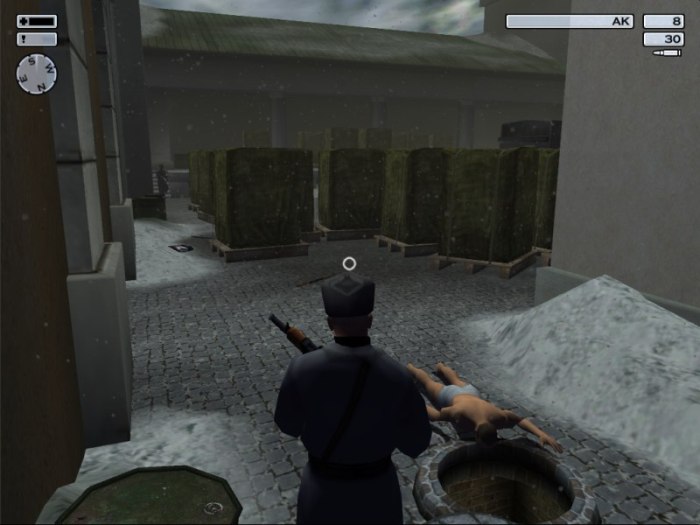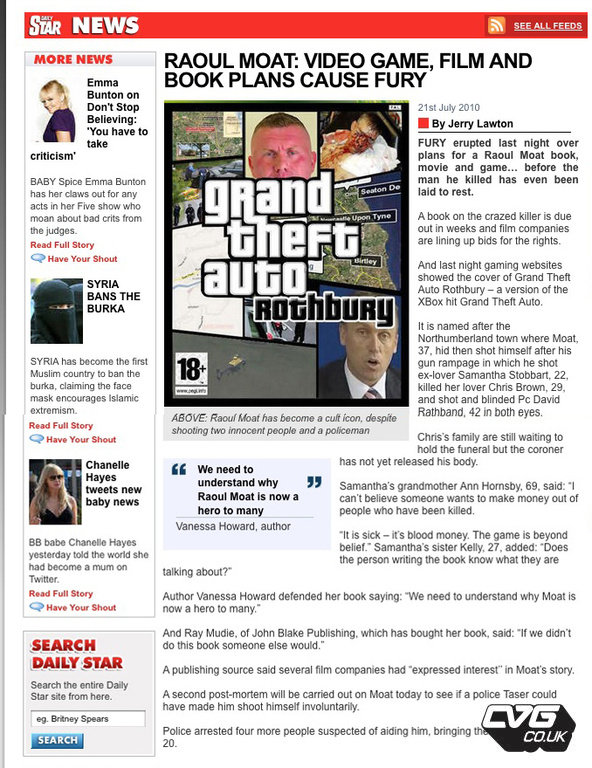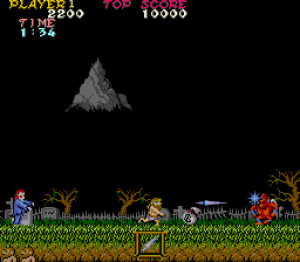
With the Wii U revealed at E3 earlier this month, one of the major talking points was of course its new controller. Many were expecting Nintendo to proceed with the same formula that earned the Wii its new audience and build upon its success by improving the Wii’s capabilities in terms of hardware. But Nintendo, maintaining the spark of innovation that the Wii what it is, surprised many by showcasing a touchscreen interface and controller alongside the usual features for its new console, the Wii U.
Coming across as a mesh between an iPad and an etch-a-sketch, the new controller will act similar to the DS duel screen as a way for more in game information to be presented to the player without taking up space on the main screen. Its second function is to act as an alternative main screen so that if someone switches channel or turns off the tv, whatever is happening on the main screen transfers to the touch screen allowing you to continue play.
It’s an interesting move from Nintendo and testament to the company’s forward thinking and creativity. While its rivals Sony and Microsoft have been plugging the Playstation Move and Kinect respectively, Nintendo put a fresh spin on motion control interface while maintaining the traditional elements of gamer interaction. Yet despite this, some questions arise with regards to Nintendo’s new feature.
The first question is will this tablet controller be integral to whatever games are released for the Wii U? The fact that the original Wii controllers, the Wiimote, featured in their trailer suggests that it won’t contrary to what is implied. If the answer is yes, the question that will immediately follow is how much will a controller cost? The cost of producing one may fall by the time the console is released but the touchscreen feature could potentially mean consumers would have to pay a significant price for the luxury of a second player participating simultaneously, not to mention the extra cost if you wanted to play a four player game.
[EDIT: Its seems that there will be only one tablet controller per Wii U instead of it being a traditional controller. The Wiimotes will still be used as the main controller. Cost may be the deciding factor behind that but it’s feels like a somewhat odd decision as there could be a lot of potential for using them for multiplayer.]
However, the introduction of this alongside other motion control interfaces and features alongside the success of the Wii had created a much clearer divide between the traditional and casual elements of games. The Wii, having a universal controller to cater to both spectrums, ended up seeing most of its potential unfulfilled through second and third party developers squandering its capabilities.
While Nintendo obviously utilised its motion sensor through its flagship titles as it needed to showcase what the console could do, most developers treated them as an afterthought, either clumsily tossing it into an existing IP without much thought or incorporating it into casual and forgettable mini-games, either in-game or featuring alongside other mini-games as a standalone product (a significant proportion of commercially successful Wii games followed the latter formula).
Ultimately it meant that a more casual audience was better catered for than those who would be views as more prominent gamers. Those who grew up with the Legend of Zelda, Goldeneye, and the Mario series were left looking to Sony and Microsoft for a more comprehensive interface and games that catered to their needs only to be greeted with Move and Kinect. Neither integral to either console but marketed to entice some of the audience that Nintendo acquired over to their side.
This year’s E3 has shown that, for better or worse, motion sensory technology has become the major focus for these companies, incorporating them into their core titles alongside the more traditional controls methods. While it’s exciting to see how this technology develops and what ideas developers congers up, adding more interaction and input to games while maintaining a smooth interface that doesn’t bog the player down will be a challenge for developers but not a new one, such a ordeal goes back to when games were very much in its infancy.
A controller has a simple purpose, to allow the player the maximum amount of control and influence on specific or broad elements in a game with minimum thought or effort. Roughly 20 years ago, when the Atari ST and Amiga were seen as both a major console and doubled up as home computers, their basic joystick had only two buttons, both fulfilling the same function.
Presumably this was to cater for both left and right handed people to use their preferred hand to control and their less dominant hand to press fire but it meant that the games in question were relatively simple affairs. The time it took to accustom yourself to whatever game you happened to play was at a minimum allowing you to focus on the more pressing task of obtaining a high score or defeating the end of level boss.
When the technology improved, the complexity of gaming increased in conjunction and a greater degree of control was needed to keep up. More buttons, triggers and analogue sticks accompanied each successive leap technology made. Before long, the majority of games came included with tutorials or training segments to accustom you with each intricacy the game featured. Developers were faced with the challenge of making a game complex enough to engage in yet make the control system fluid enough for gamers to act with some degree of dexterity. Then the Wii came along and everyone went back to the drawing board.
But with the advent of the Wii and it unearthing of the riches brought by the casual market, the major players rethought their strategy and acted accordingly with Move and Kinect. Yet while Nintendo had the Wiimote to act as a traditional controller, Move and Kinect are severely limited as to what games they can host, it being unlikely that traditional elements of games requiring quick reactions or spatial movement or actions in game would transfer well alone.
Motion sensor controls hasn’t transformed the playing field but rather widened it. The reason for this change in audience isn’t down to accessibility, if this was the reason than the traditional gaming audience during the 80s and 90s would have been more than just teenagers and kids. Instead, it the shift in culture that brought this, one that’s has the online world embedded in its day to day business through computers, smart phones, MP3s and digital TV.

On a somewhat related note, you can get a stick-on joystick for your iphone to make touchscreen games much easier to play.
It’s hard to say whether this audience would have gotten into games had it stuck to the traditional boundaries but Nintendo recognised this market and adjusted its interface accordingly to cater for them. Now it has done the same to bridge the gap between casual and traditional markets, quite possibly creating a more comprehensive console for both ends and redefining how interactive our entertainment becomes.





















